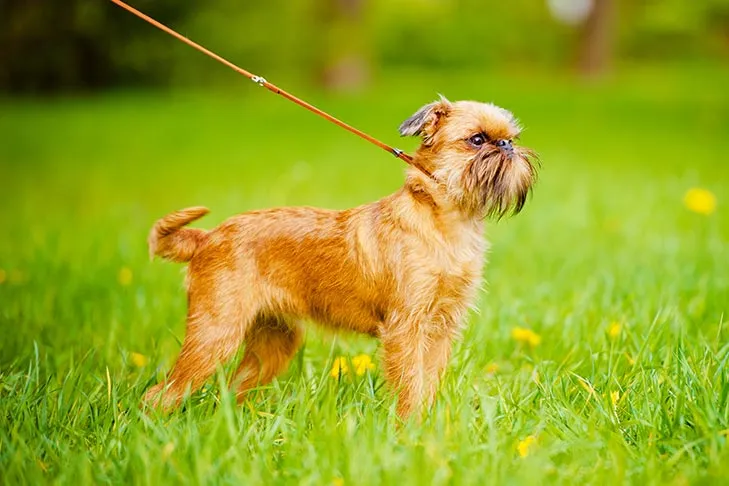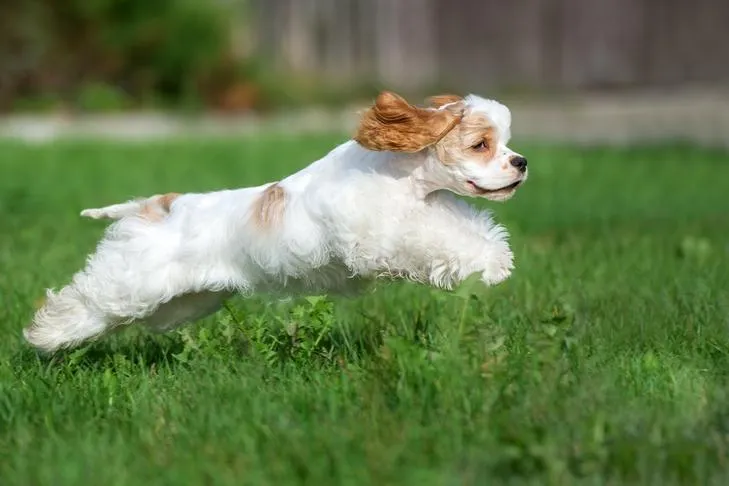Teaching your dog to reliably come when called, often referred to as recall, is arguably one of the most vital commands they can learn. While seemingly straightforward, mastering this skill can be quite a challenge, primarily because dogs are naturally curious beings, constantly drawn to the fascinating world around them. Every time we issue a “come” command, we’re asking our dog to disengage from whatever captivating activity they’re involved in and direct their attention back to us. To truly build a dependable recall, our goal is to convince our canine companions that being near us is the most thrilling and rewarding experience they can have. This foundational command ensures their safety in various situations and strengthens the bond between you and your furry friend.
Understanding Reliable Recall
“Reliable recall” signifies a level of confidence where you are almost certain—99.99% sure, to be precise—that your dog will enthusiastically respond to your “come” cue. While no dog is a robot and absolute certainty is impossible, the aim for a life-saving skill like recall is to achieve the highest possible consistency.
Achieving reliable recall is especially crucial if you plan to allow your dog off-leash in unfenced areas or environments beyond a designated dog park. Beyond recreational freedom, a strong recall is indispensable during emergencies, such as when your dog slips their collar or wanders into a potentially dangerous situation. It’s a fundamental part of responsible training your dog to come to you that every dog owner should prioritize.
Safe Alternatives to Off-Leash Play
If your dog’s recall isn’t yet rock-solid, there’s absolutely no shame in keeping them on a leash. Safety should always be the top priority. Instead of attempting off-leash adventures prematurely, consider allowing them to play in securely fenced areas or utilizing a long leash. These options can provide your dog with ample opportunities to explore and exercise while remaining safe and under your control.
 Brussels Griffon dog on a leash in a grassy field, safely enjoying outdoor exploration.
Brussels Griffon dog on a leash in a grassy field, safely enjoying outdoor exploration.
Regardless of the strength of your dog’s recall, it’s paramount to respect all local leash laws. This applies not only to public spaces but also to your own front yard and any other areas on your property that aren’t securely fenced. Parks at local, state, and national levels almost invariably have these regulations in effect, and adherence is vital for community safety and your dog’s well-being.
Laying the Foundation for “Come” Training
A key aspect of successful recall training is making the learning process feel like a fun game for your dog. Begin your training sessions in a calm, low-distraction environment, such as inside your home. Initially, show your dog an engaging toy or a highly desirable treat. As they start moving towards you, offer verbal praise, and immediately reward them generously upon arrival.
After several repetitions, once your dog consistently looks at you and begins to approach, introduce your chosen verbal cue – words like “come” or “here” are common choices. It’s crucial to only add the cue when you are confident your dog is already committed to moving towards you, building a strong positive association. You can also explore easy commands to teach your puppy as part of their basic obedience foundation.
Gradually, you can increase the challenge by asking your dog to come before you explicitly show them the treat. However, always ensure they receive a high-value reward, such as small pieces of cooked chicken, cheese, or beef liver, the moment they reach you. Simultaneously, slowly increase the distance between you and your dog within the low-distraction environment, ensuring their success at each step.
Engaging Recall Games to Practice
- Catch Me: While walking your dog on-leash, capture their attention, then quickly turn around and run a few steps away. As your pup follows, enthusiastically say your recall cue, like “Come!” After a few steps, stop and reward them with a favorite treat or toy. Always ensure your dog is paying attention before you run to avoid any sudden jerks on the leash.
- Find Me: Once your dog has a good grasp of the basic recall, you can build speed and excitement by calling them from another room in the house. When your dog successfully locates you, shower them with praise and rewards. This game, similar to hide-and-seek, is not only fun for both of you but also reinforces the “come” command in a stimulating way.
- Hot Potato: Enlist the help of two or more family members or friends, each equipped with high-value treats. Position yourselves some distance apart and take turns calling your dog back and forth between you. Reward your dog with praise and a treat every single time they come to the person who called them.
A common and detrimental training mistake is to consistently recall your dog, immediately put on their leash, and then head straight home. Dogs are intelligent creatures and will quickly learn to associate the recall command with the abrupt end of their fun, making them less likely to respond enthusiastically in the future. A more effective practice method is to recall, praise, and reward your dog, then release them to return to whatever activity they were enjoying before the recall. This teaches them that coming to you doesn’t always mean the fun is over, and can help them learn to teach dog to come every time.
Avoiding “Poisoned Cues” in Recall Training
“Come! Come! Come! Come! Come! Please come!”
If this sequence of repeated commands sounds familiar when you’re trying to call your dog, you might be dealing with a “poisoned cue.” This issue typically arises unintentionally when a command either loses its clear meaning or develops a negative association for the dog, leading them to ignore it. The easiest way to “poison” a recall cue is through overuse and repetition, constantly saying the word without your dog consistently responding.
 Energetic Cocker Spaniel joyfully running through a green yard, illustrating a dog ignoring a recall cue or enjoying off-leash freedom.
Energetic Cocker Spaniel joyfully running through a green yard, illustrating a dog ignoring a recall cue or enjoying off-leash freedom.
In such a scenario, the most effective solution is to change your verbal cue to something entirely new. For instance, if you previously used “come,” you could switch to “here” or “close.” When introducing the new recall cue, it’s essential to return to the basics and restart the training process from the very beginning, ensuring a positive and consistent association with the fresh command. This is vital for any new command you teach my dog to lie down or other behaviors.
Essential Tips for Successful Recall Training
- Avoid Repeating Yourself: If you find yourself repeatedly saying your recall cue without a response, the environment might be too distracting, or your dog may not have adequately grasped the skill for the current level of training. Step back and simplify the environment or the exercise.
- Reward Eye Contact: Whenever you notice your dog looking at you, or if they choose to come close to you on their own initiative, immediately offer verbal praise and a treat. You might use many treats initially, but you are reinforcing a crucial lesson: good things happen when your dog is near you and paying attention.
- Never Punish for Coming: Even if you’re frustrated because your dog took their time to respond, always praise and reward them when they finally do come. Punishing them for arriving, no matter how delayed, will only teach them to avoid coming to you in the future.
- High-Value Rewards Are Key: When training recall, always use the most irresistible treats and toys for your dog. This is especially important during the initial learning phases. Always reward the recall generously to ensure your dog associates coming to you with receiving something truly fantastic. Consider integrating easy dog tricks to teach your puppy with these high-value rewards for maximum engagement.
- Practice Recalls Daily: Consistency is paramount. Gradually increase the difficulty and the level of distraction in your training environments. Moving too quickly through these stages is likely to confuse your dog and can undermine the reliability of their recall.
- In an Emergency, Don’t Chase: If you urgently need your dog to come to you but they are moving away, resist the urge to chase them. Chasing often makes dogs think it’s a game, encouraging them to run further away. Instead, try running away from your dog. This often inspires them to chase after you, bringing them back within reach.
Building a reliable recall is an ongoing journey that requires patience, consistency, and positive reinforcement. By following these guidelines and understanding your dog’s motivations, you can successfully [Teach Your Dog To Come To You], ensuring their safety and enhancing your companionship for years to come. Remember, every successful recall strengthens your bond and builds trust.
References
- American Kennel Club (AKC). “Why Won’t My Dog Come When Called?”
- American Kennel Club (AKC). “Fun Cognitive Training Games for Dogs.”
- American Kennel Club (AKC). “Poisoned Cues: What They Are and What To Do.”
- American Kennel Club (AKC). “Training Rewards: What You Should Use to Reward Your Dog.”
